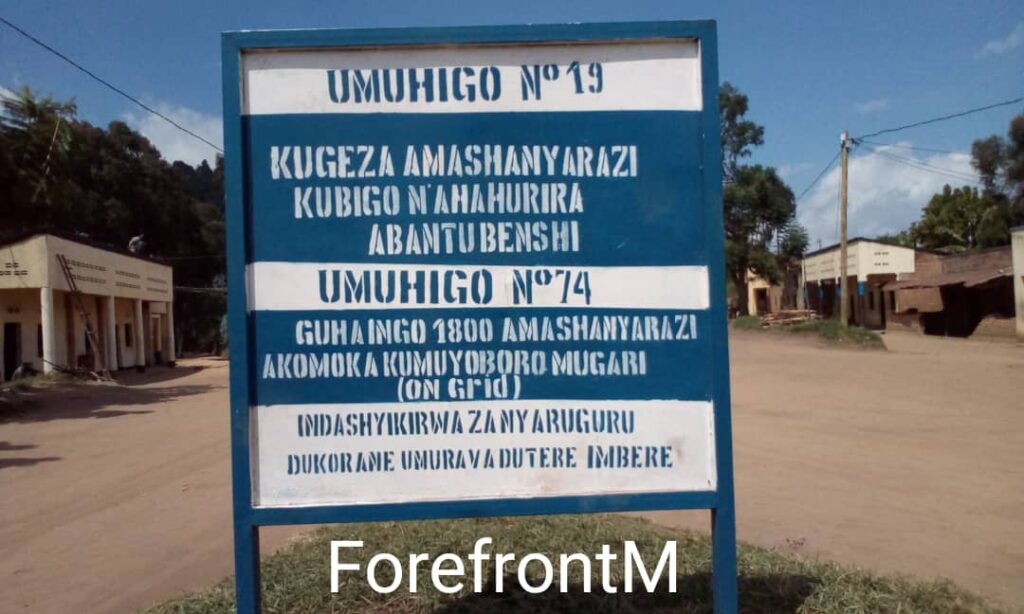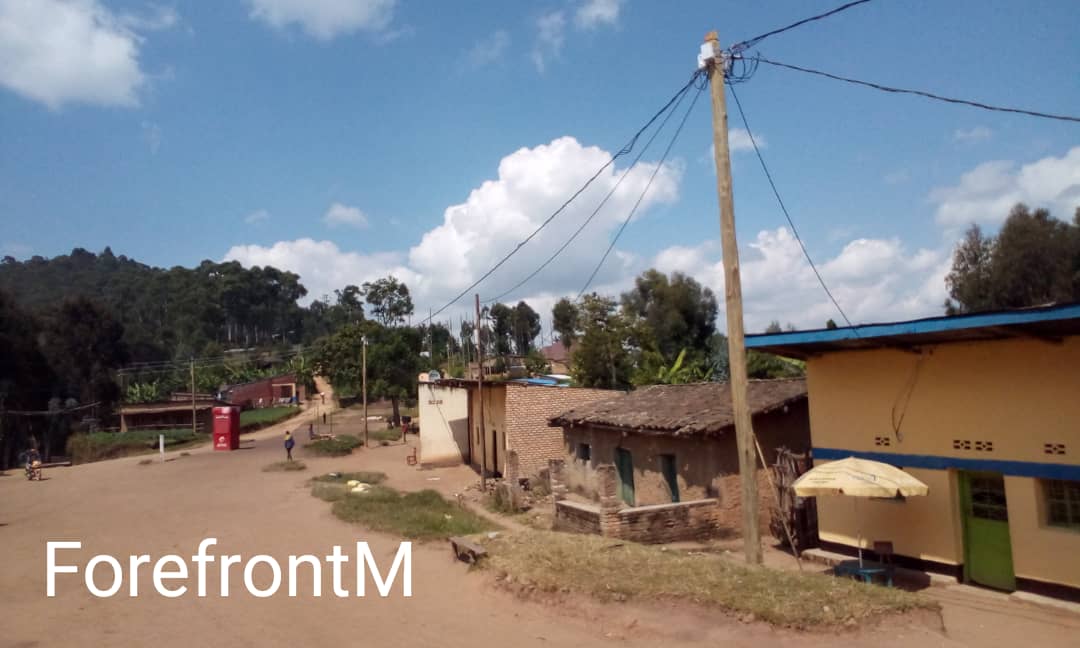By Annonciata Byukusenge
Justin Ntawubizera wakes up at five in the morning every day. His main activity consists of agriculture on a farm located at Rugogwe, a remote rural village in Nyaruguru district in Southern Rwanda.
The 55-year-old father never envisioned that he would spend his life without electricity. This became a barrier for the community to improve their incomes through electricity in his remote village to pursue prosperous lives.
“Electricity plays a vital role in improving the economy, but from my childhood till now 55 years old we didn’t have electricity. In May 2024 our government provided us with electricity. In one month we see the achievement as the people spent more than 50 years without electricity.” Said Ntawubizera.
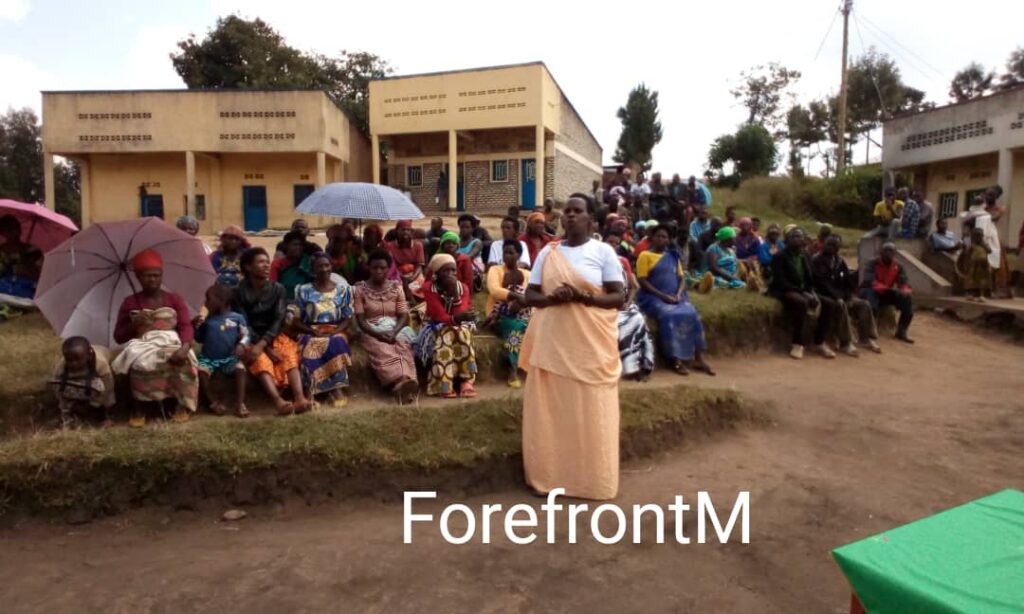
In these 50 years without electricity, the Rugogwe community made the long journey of 10km to reach the beauty salon, charge phones, and other needs using electricity.
Also read: Nyaruguru: Ruheru Community Emotions after TVT School Constructed by ActionAid Rwanda
Clementine Nyiraneza is a woman of 35 years old. She expresses her emotions after enjoying electricity in her home.
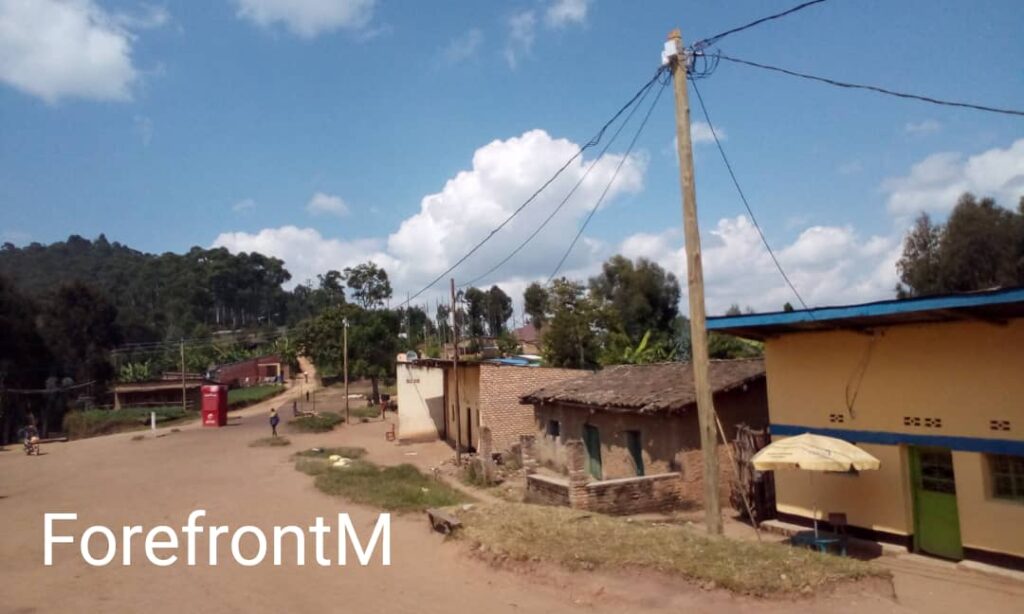
“When we needed paste (cassava and maize), we would travel for three thousand Rwandan Francs (3000 Rwfrs, 1500 for to go, and 1500 Rwfrs for return) can you imagine using three thousand for transport and you have five kilos of maize or cassava? It was a bitter life because our development was slow, but now we will produce many things through this electricity. I will buy a grinder machine that will help me to produce precooked cassava leaves.”
According to statistics from Rwanda Energy Group, the number of households accessing electricity has increased from 10% in 2010 to 74.5% as of September 2022. Kicukiro and Nyaruguru Districts have currently the highest rate with 99% while the lowest rate is above 50%.
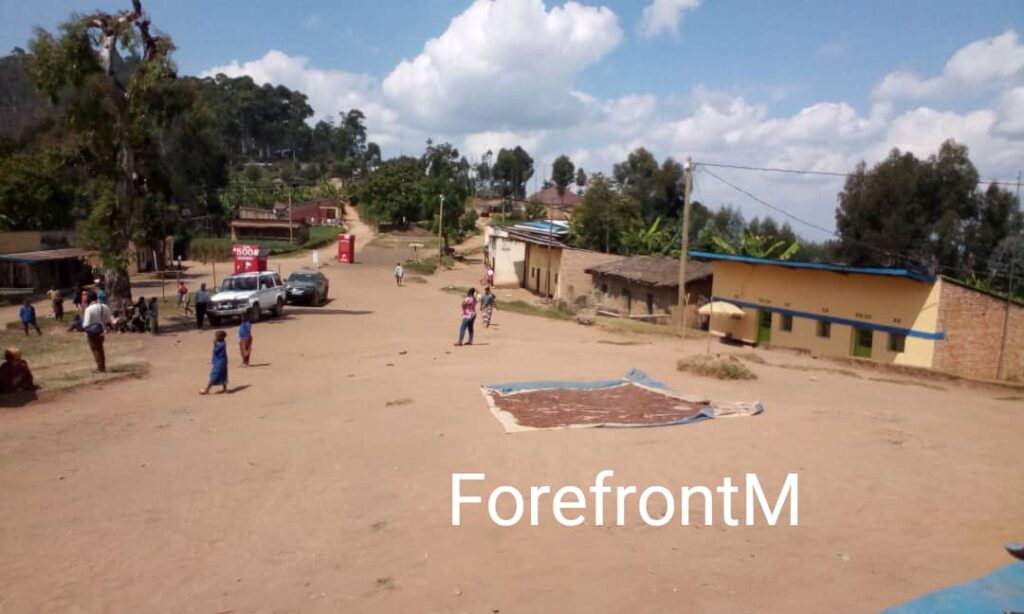
As the Government of Rwanda targets 100% access to electricity in only 7 years, 82% of households in the City of Kigali (CoK) are currently accessing at a rate, followed by the Eastern province with 39% access, the Western Province with 38%, Northern province 34% and the Southern province that has the lowest access of 30%.
